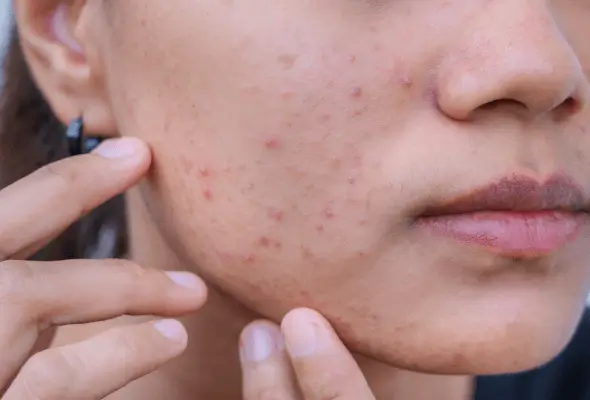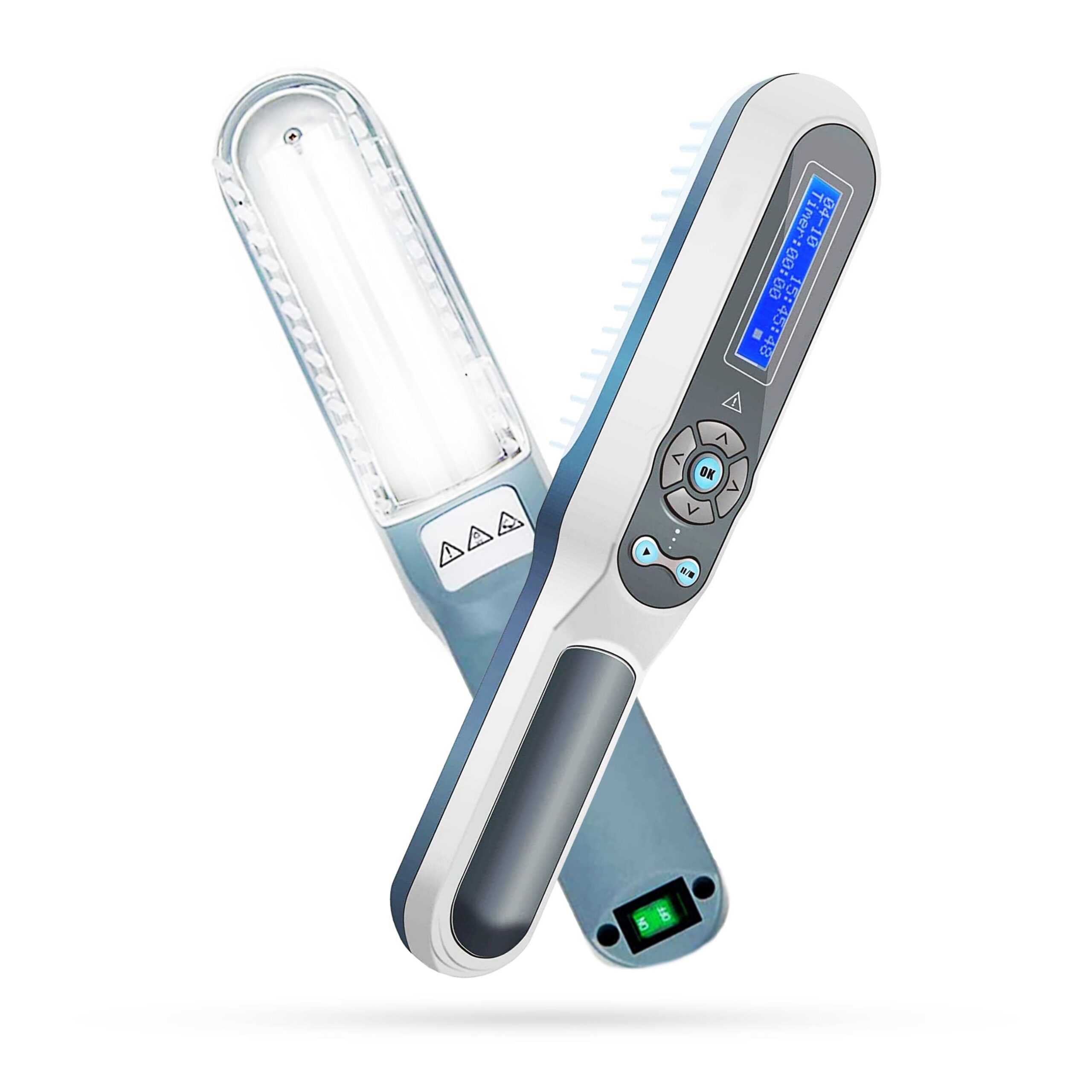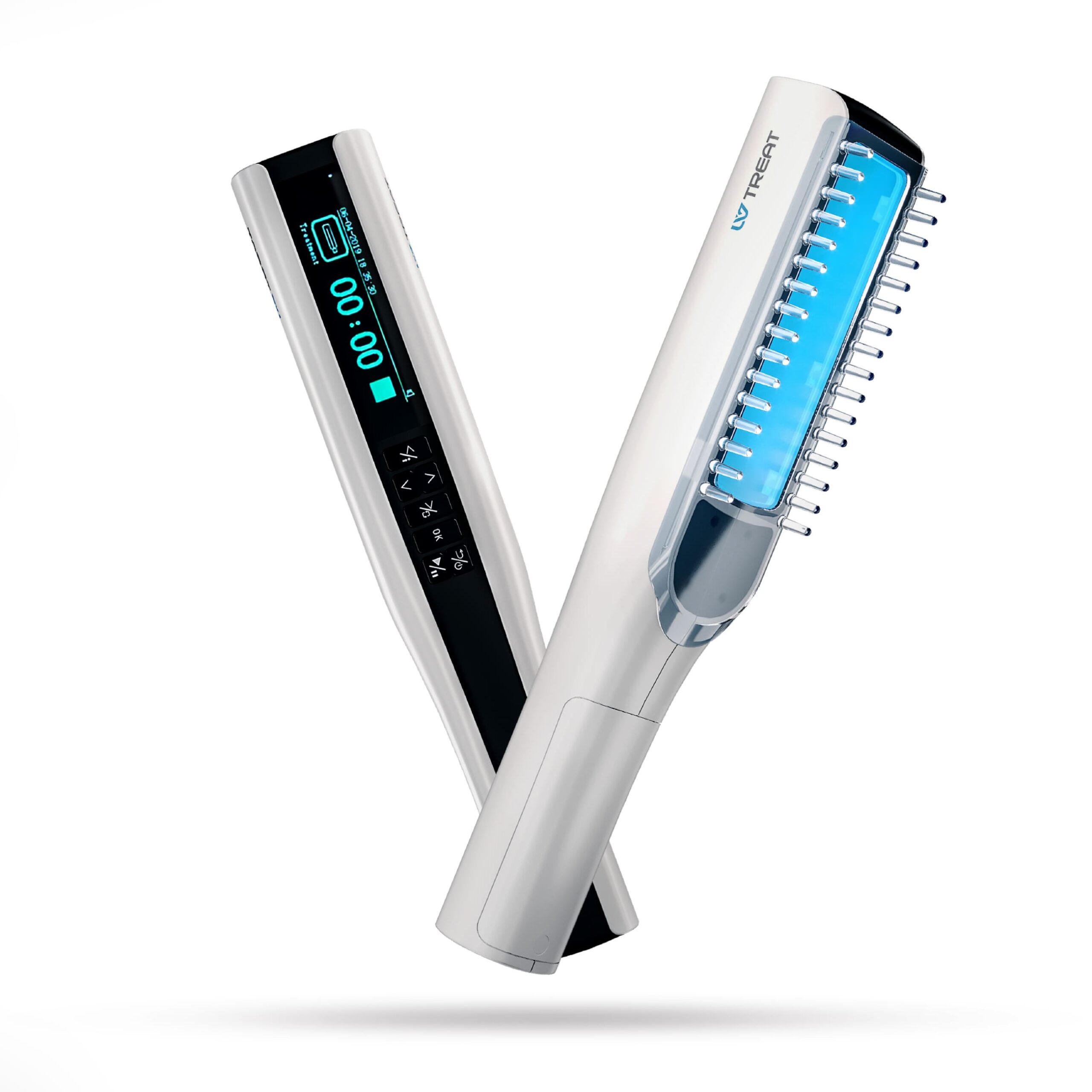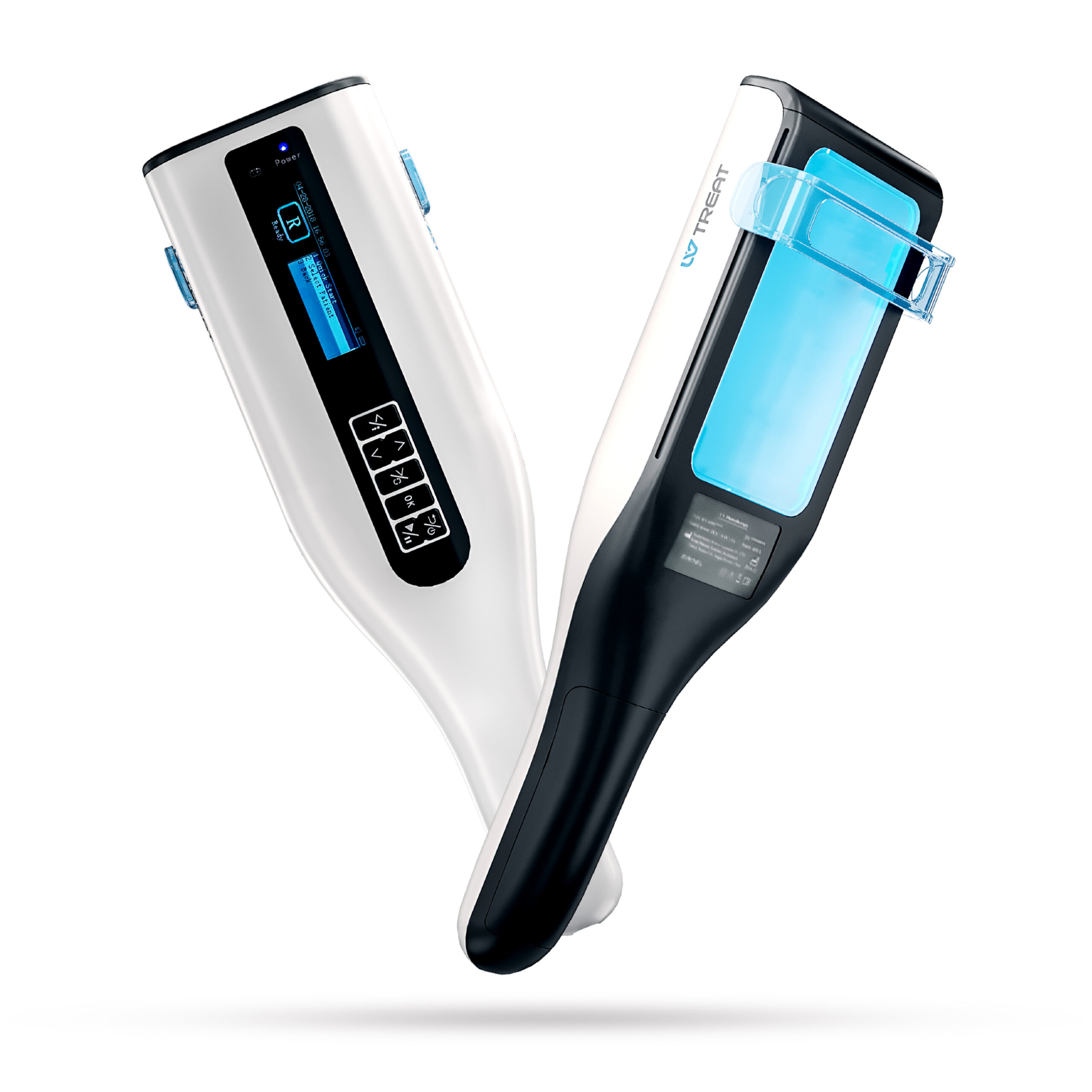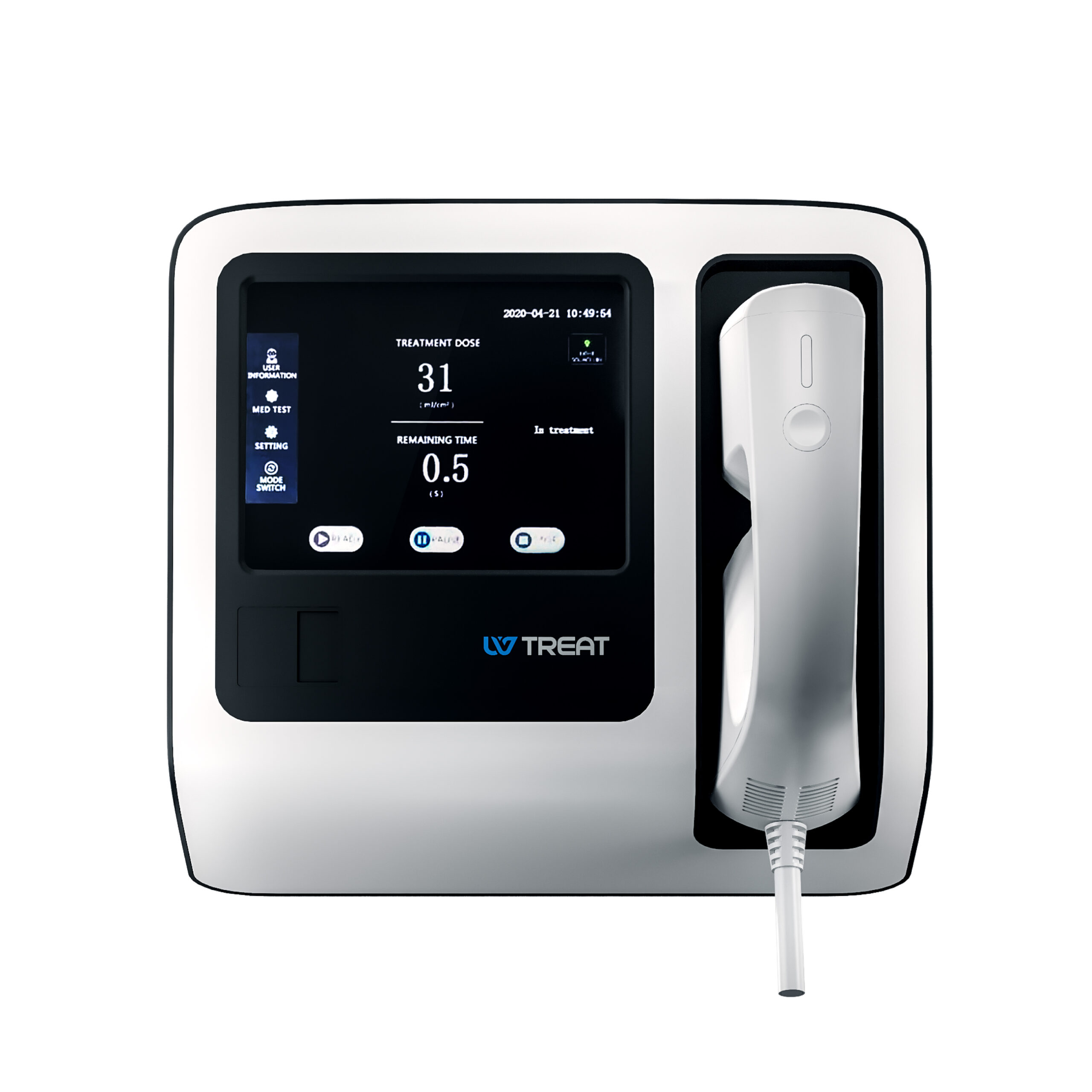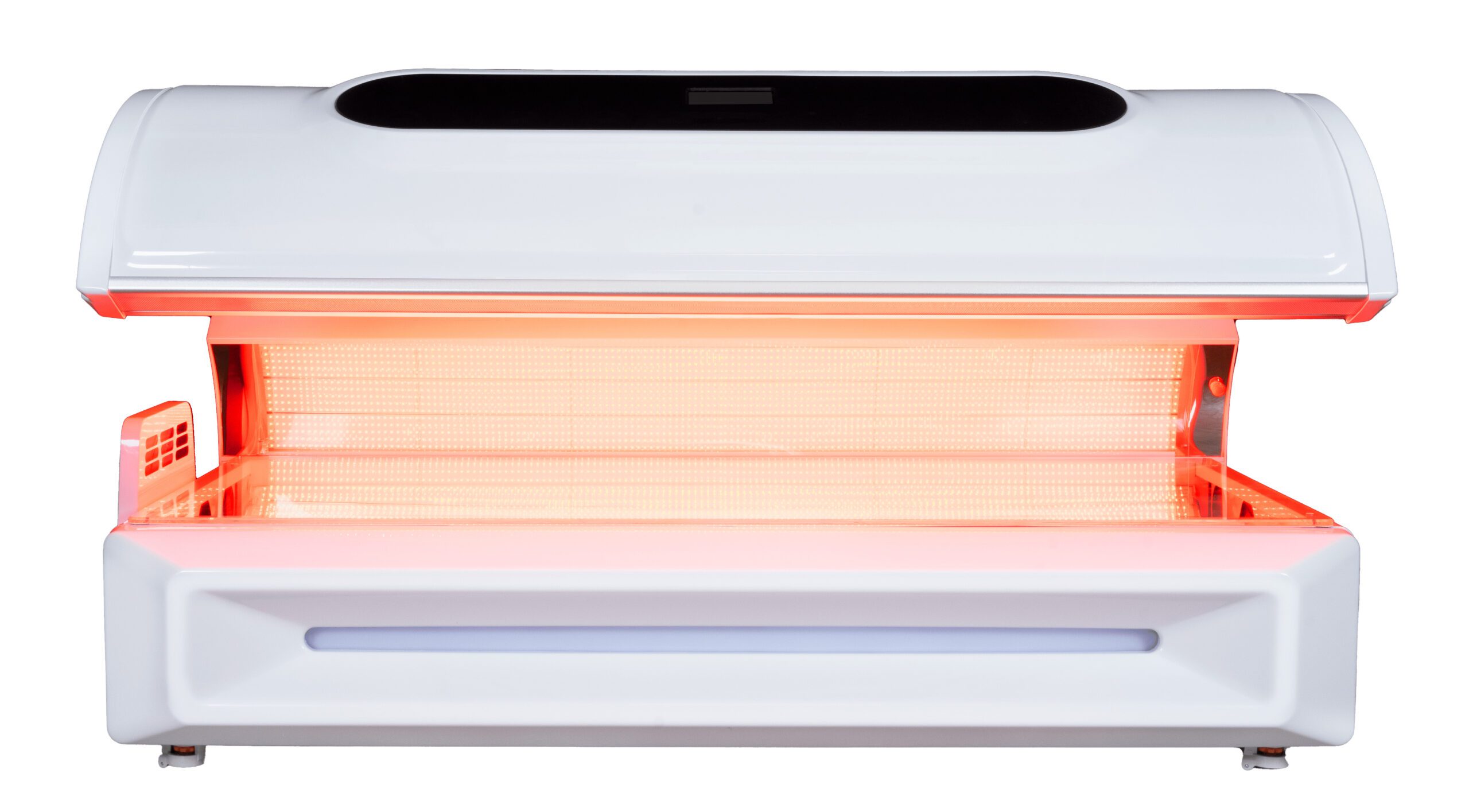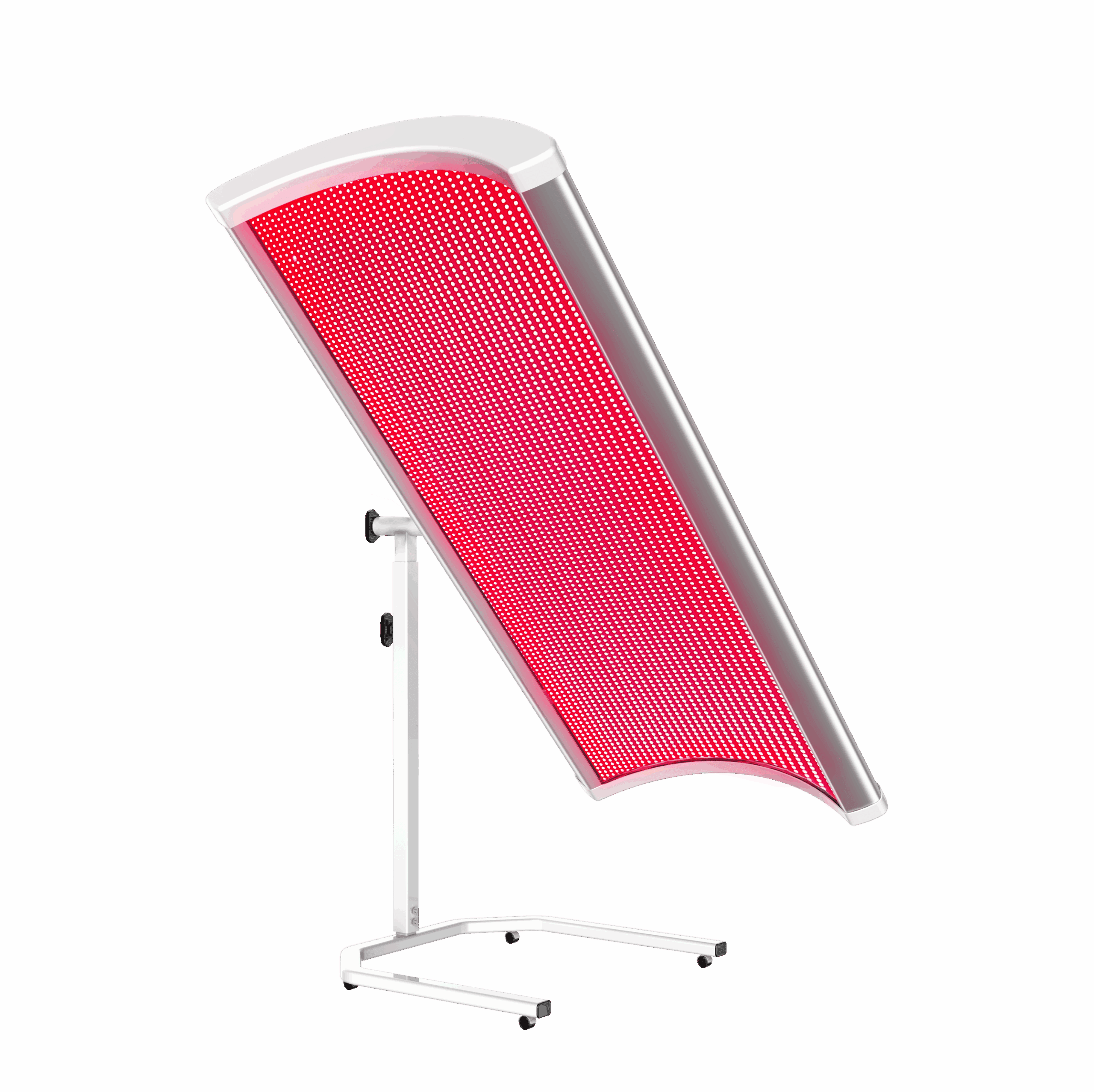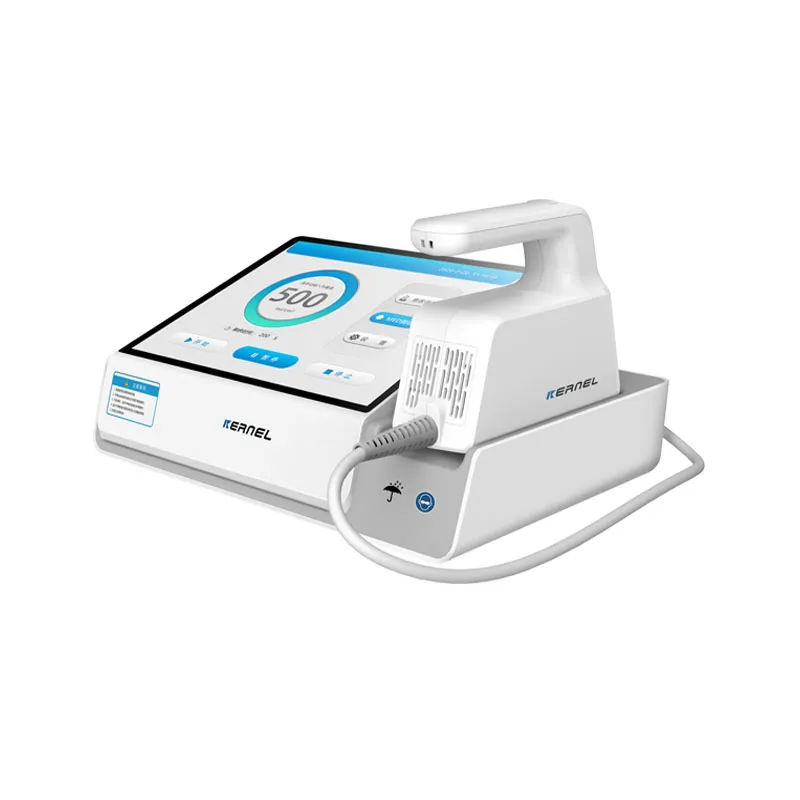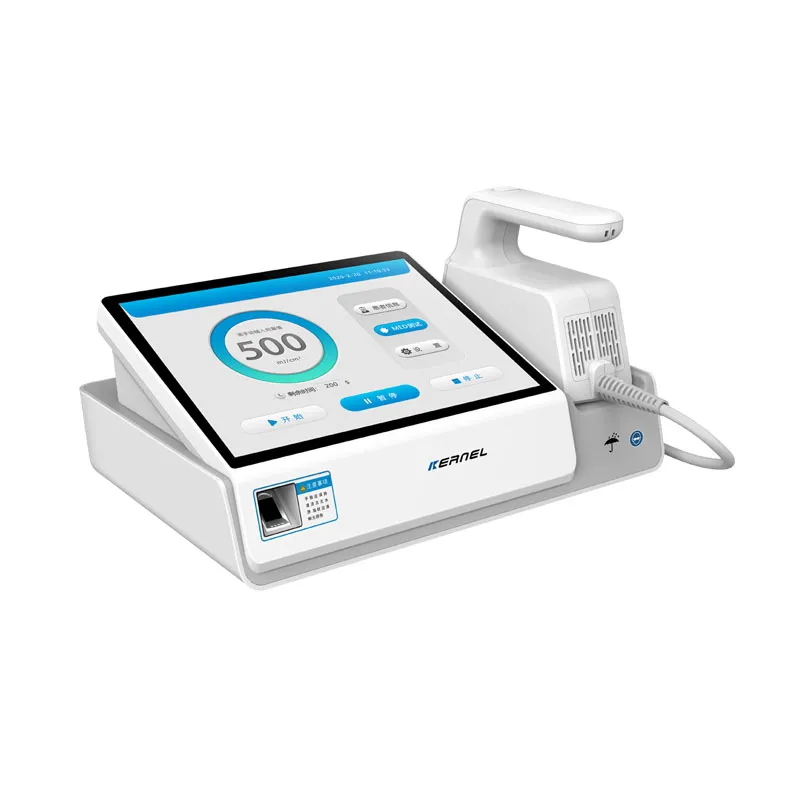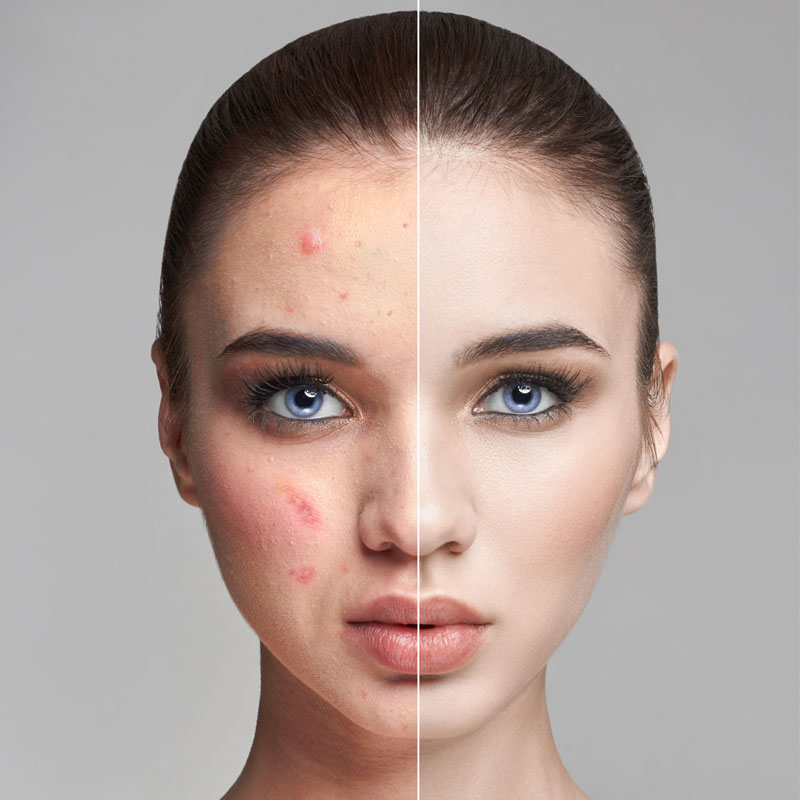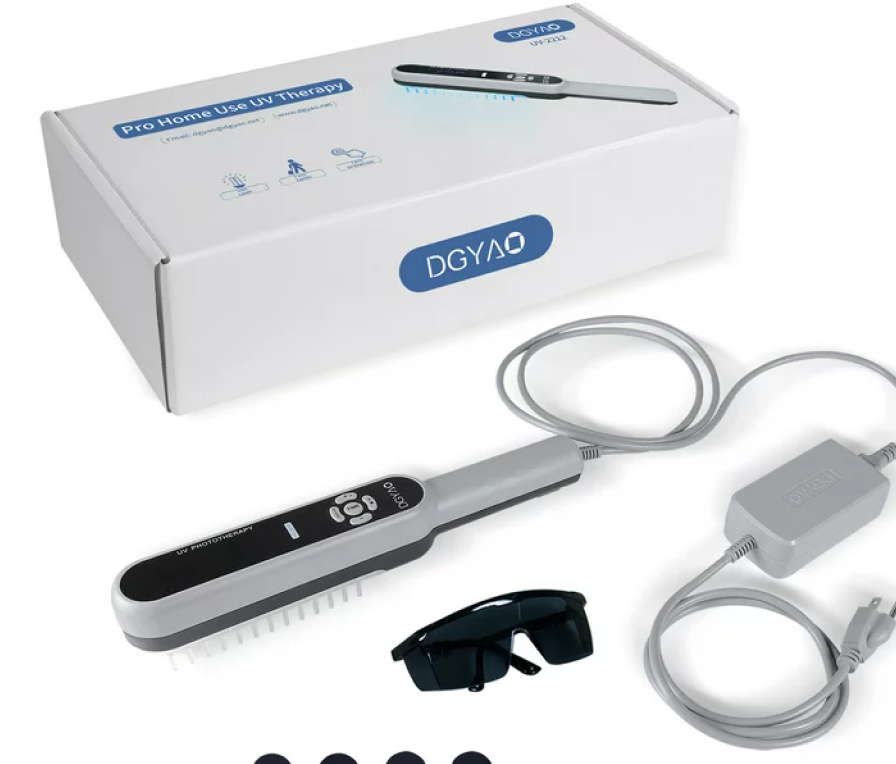One of the most common concerns that can be harmless or denote life-threatening conditions is red spots. These red spots, also called erythema or skin rash, are a form of red patches, bumps, or blotches on any part of your body. The size and shape vary, plus the intensity, making it tough to pinpoint the exact cause without medical evaluation.
Causes can range in effect from infections, allergic reactions, and chronic conditions like eczema or psoriasis. Many of these usually disappear of their own accord, while others may require treatment.
What Are Red Spots on the Skin?
Red spots on the skin are patches, bumps, or blotches that are inflamed, discolored, and sometimes accompanied by other symptoms, such as itching, pain, or dryness. Most people experience red spots at some time or another, often due to reactions to irritants or infections. [1]
These spots are not always a cause for alarm, but it is important to understand what might be causing them. They can be caused by:
- Allergens: Hypersensitivity to substances such as pollen, detergents, or certain types of food.
- Skin conditions: Diseases like eczema or hives.
- Infections: These are the bacterial, viral, or fungal infections invading the skin.
What Causes Small Red Spots on the Skin?
Various skin conditions may cause red spots; all of these have various causes and symptoms.
Heat Rash
Heat rash, also called miliaria, occurs when sweat glands become blocked and sweat is trapped beneath the skin. This can happen to anyone but will most often occur in babies and young children. [2]
Symptoms:
- Small, firm bumps (papules) in groups on the skin
- Itchy, prickly feeling
- Reduced or absent sweating in the affected area
- Sometimes associated with dizziness or nausea
Acne
Acne is one of the most common skin conditions, usually caused by overproduction of oil, clogged pores, bacteria, and inflammation. It may present as one of the following:
- Pimples or papules.
- Nodules or cystic acne, in more serious forms.
- While not dangerous, acne may leave scarring and affect self-esteem.
Atopic Dermatitis
Atopic dermatitis, commonly referred to as eczema, is a chronic skin inflammation characterized by the presence of red, itchy spots. [3]
Symptoms
- Groups of red or pink bumps (papules)
- Dry, flaky, or swollen skin
- Blisters that may ooze fluid and crust over
Atopic dermatitis is not curable but very treatable with the right precautions taken.
Pityriasis Rosea
It usually starts with a single large, red patch, then followed by smaller, oval-shaped spots across the torso, in the arms, or possibly on the neck. [4]
Symptoms:
- Pink to violet-colored patches
- Patches can remain for up to 10 weeks
- Often appears in a “Christmas tree” pattern on the back
Rashes
The causes of rashes are medicated ones, those caused by allergens like latex and animal dander, and those infections that result in chickenpox and rubella.
Triggers include:
- Antibiotics or NSAIDs.
- Irritants like poison ivy or nickel in jewelry.
Psoriasis
Psoriasis is a chronic autoimmune disease, and the most frequent form it takes is plaque psoriasis.
Symptoms:
- Red, raised patches covered with silvery scales
- Can range from mild to moderate to severe, depending on the area of the body affected.
- Often on the scalp, elbows or knees
Petechiae
Small spots, usually from broken blood vessels under the skin. Unlike a rash, petechiae do not lighten when pressed.
Common Locations:
- Legs, arms, and stomach
- In the mouth or around the eyelids
Some causes of petechiae are benign, while others may require medical investigation.
Symptoms of Red Spots
The symptoms of red spots vary depending on the cause, but here are some common signs to watch for:
- Size: The size can range from pinpoint-sized to larger patches or raised bumps, known as papules.
- Itching: From light to unbearable, occasionally with flakes or scaling.
- Pain/Tenderness: This is usually accompanied by pus-filled or inflamed spots.
- Swelling: Especially around infective sites or insect bites.
- Discharge: Fluid or blood leakage from the blisters.
Systemic symptoms may also involve fever, fatigue, or even joint pains, which imply some other root cause.
What Viruses Cause Small Red Spots?
Some viruses may present small red spots on the skin. Each of these has some unique characteristic so their identification is quite plausible with a little keen observation. [5] The following are common viruses:
Roseola
Roseola typically begins with a sudden, high fever that can last for up to a week. This may be followed by a pink, raised rash, usually on the chest and stomach.
Key Features: Fever followed by spotty rash, fading in less than 24 hours.
Chickenpox and Shingles
Both conditions are caused by the varicella-zoster virus.
Chickenpox: This is an extremely common viral infection among children and usually appears with itchy, fluid-filled blisters all over the body.
Shingles: Normally it affects adults who had been infected with chickenpox during their childhood. Symptoms are painful inflammation of the skin displaying blistering, but normally only on one side of the body.
Rubella – German Measles
Rubella is characterized by small, red, or pink dots that originate on the face and then proceed to the trunk, arms, and legs.
Other Symptoms: Fever, headache, and swollen lymph nodes.
Fortunately, due to vaccines such as the MMR, it is relatively uncommon in most countries.
Measles
Not to be confused with rubella, this is characterized by its onset with a rash around the ears and mouth and rapidly proceeding to red spots which may be coalescing into large patches.
Characteristic Mark: The rash forms white raised spots on top of the red areas.
Fifth Disease
This contagious viral illness commonly starts with a bright red rash across the cheeks, hence is also called “slapped cheek disease.” It further advances to show a very light, lace-like rash across the torso and arms.
Common in: It commonly affects children, but may affect adults as well.
Treatment of Red Spots on Skin
The best treatment for red spots will depend on their cause, whether it be viral, bacterial, allergic, or chronic condition-related. Some of the common treatments are enumerated below:
At-Home Relief
- Avoid overheating; take only lukewarm showers, never hot, so that you avoid irritation.
- Keep the skin away from sun exposure; also, fragrance-free soap and moisturizer can be applied to keep it well moisturized.
- Apply cool compresses to soothe the heat rash.
Medications
Topical:
- Corticosteroids are used to reduce the inflammation and itching. [6]
- Antifungal creams, for fungal infections.
- Antihistamines or calamine lotion for allergic reactions or insect bites.
Oral:
- Antibiotics against bacterial infection.
- Antiviral drugs are those used to cure viral infections, including chickenpox and shingles.
- Immunosuppressive agents are used in diseases like the treatment of psoriasis.
Lifestyle Modifications
- Avoid or identify triggers or irritating factors that exacerbate the condition.
- Also, follow good hygiene habits; this will further improve skin irritation.
Preventive Measures for Red Spots on the Skin
Although the complete avoidance of red spots is impossible, some measures will help reduce the appearance of such spots:
Protect Your Skin
- Protect oneself against destructive ultraviolet rays with the constant use of sunscreen.
- Cover up: Wear protective clothing, especially when going outdoors.
Keep Your Skin Clean
- Wash your hands frequently to avoid the spread of bacteria.
- Keep cuts and scratches clean and treat them promptly to prevent infection.
Stay Hydrated
- Hydrate your skin from the inside out with plenty of water.
- Leave the barrier of the skin intact with a good moisturizer.
Manage Stress
- Certain skin conditions flair under stress, so try some relaxing: meditation, yoga, or even a daily walk.
Eat Well
- A diet balanced with vitamins and antioxidants goes well with your skin, wherein fruits, vegetables, and nuts are beneficial foods that will help support healthy-looking skin.
Can Stress Cause Small Red Spots or Rashes?
Yes, it can! Stress at times causes hives, which can crop up anywhere on the body, ranging in size from minuscule spots to wide patches. [7]
The good news is that, oftentimes, hives resolve on their own in less than six weeks. During the process, this can be accompanied by various treatments to keep the itching at bay with anti-itching lotions or drugs like antihistamines. In some cases where your hives have failed to subside, the next course of action could well be one recommended by the physician.
When to Seek Emergency Care
Seek immediate medical care if you have:
- A rash that covers most of your body.
- Blisters, open sores, or peeling skin.
- Difficulty breathing, talking, or swallowing.
- Face, eye, or lip swelling.
- Light sensitivity, seizures, or confusion.
- Sleepiness or unresponsiveness.
Besides, it is advisable to seek professional help if the rashes appear in sensitive areas of the body, including the eyes, mouth, or private parts of the body, especially when painful.
The Bottom Line
Red spots on the skin can range from the harmless to the serious. The difference lies in knowing their origin and when to seek help. For any further queries on the condition or seeking professional advice, do not hesitate to contact us at UVTreat. Our specialists are at your service to help with skincare and find the right type of treatment that suits your needs.
Conclusion
Red spots on skin can stem from simple irritation or more complex conditions such as eczema, psoriasis, or infections. While home care and gentle remedies often bring relief, persistent or severe redness requires professional evaluation. By understanding skin irritation causes, seeking timely treatment, and adopting preventive habits, you can manage skin health more effectively.
If in doubt, don’t hesitate to reach out to a dermatologist—early care often makes all the difference.
